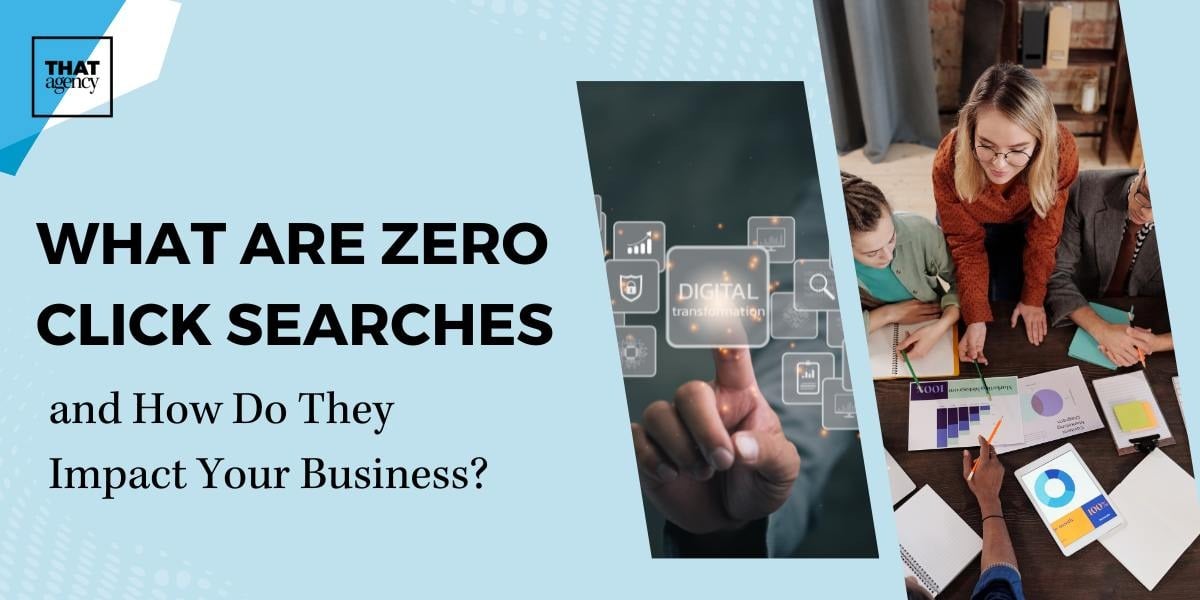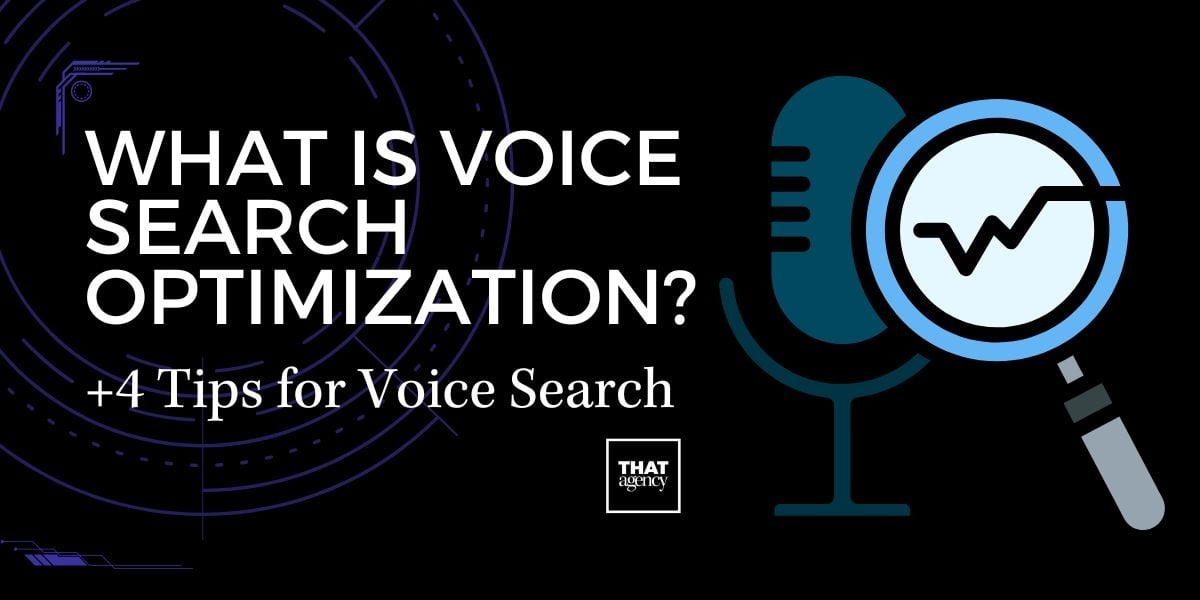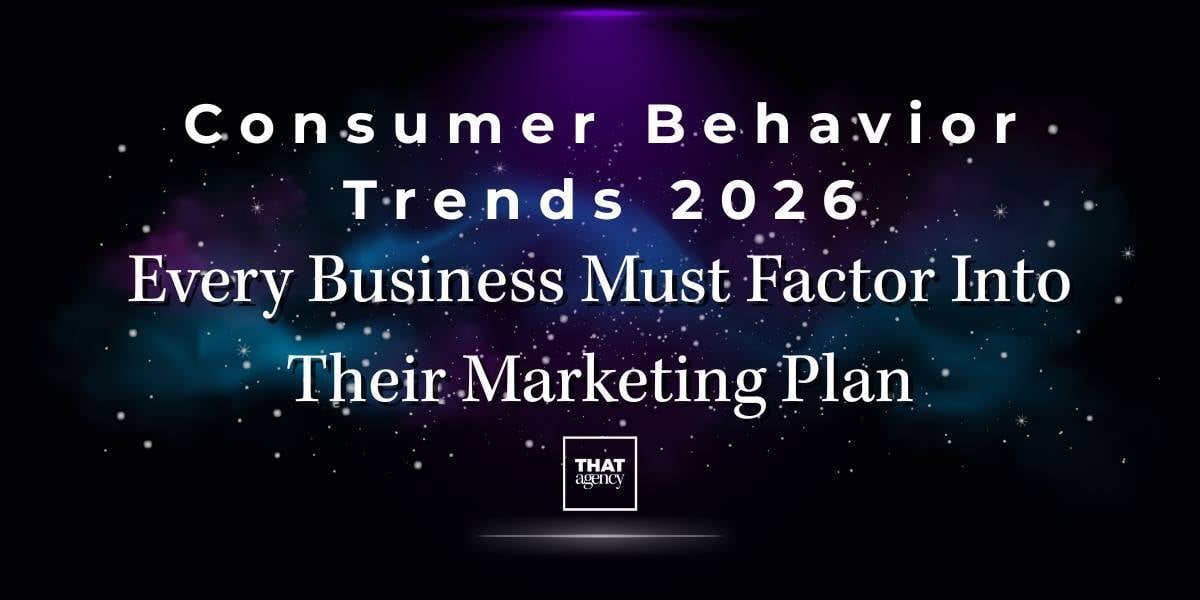Understanding your audience is more crucial than ever. Successful businesses know that a one-size-fits-all approach to marketing doesn’t work. Instead, they employ audience segmentation to tailor their strategies to meet the specific needs and preferences of different customer groups. This blog will delve into what audience segmentation is, how it relates to the intended audience, and why it is vital for your digital marketing efforts.
With the explosion of digital channels and consumer touchpoints, marketing has become less about broadcasting and more about connecting. Audience segmentation empowers businesses to stop guessing and start delivering what their audience truly wants. Whether you’re a local business, a national brand, or a B2B provider, segmentation lays the groundwork for precision, personalization, and performance in your campaigns.

What is Audience Segmentation?
Audience segmentation is the process of dividing a broad consumer or business market into sub-groups of consumers based on some type of shared characteristics. These characteristics can include demographics, psychographics, behavior, and geographic locations. By breaking down a large audience into smaller, more manageable segments, businesses can target their marketing efforts more precisely and effectively.
Effective segmentation begins with a clear understanding of your overall business goals. Whether you're aiming to improve engagement, drive conversions, or boost brand loyalty, choosing the right segmentation strategy ensures you’re speaking to the right people, at the right time, in the right way.
The Five Major Segmentation Categories: A Comprehensive Overview
Demographic segmentation categorizes audiences based on characteristics such as age, gender, location, income, and education. For instance, if you're selling luxury watches, your demographic target audience might be affluent individuals aged 35–55 who reside in urban areas. Understanding these demographic traits helps tailor your marketing efforts to appeal to specific groups.
1. Demographic Segmentation
Demographic segmentation involves dividing the market based on quantifiable population variables. These variables include age, gender, income, education, occupation, family size, marital status, ethnicity, and religion.
Key Variables:
- Age: Different age groups have varying needs and preferences. For example, teenagers might be more interested in trendy clothing and technology, while seniors might prioritize health-related products.
- Gender: Certain products may be more appealing to one gender. For instance, cosmetics and fashion brands often target women, while sports gear companies might focus on men.
- Income: Income levels influence purchasing power. High-income individuals might be targeted for luxury goods, whereas lower-income groups might be targeted with value-for-money products.
- Education: Educational background can affect product preferences, especially for books, online courses, and professional services.
- Occupation: Professional needs vary; for example, office workers might need formal attire, while construction workers need safety gear.
- Family Size and Life Cycle Stage: Products and services often cater to families of different sizes and at different stages, such as single individuals, married couples, or families with children.
A luxury car manufacturer might target high-income individuals aged 35–55 who are in executive positions and live in urban areas.
2. Psychographic Segmentation
Psychographic segmentation focuses on the lifestyle, values, interests, and opinions of consumers. This approach goes beyond basic demographics to understand the motivations and attitudes that drive consumer behavior.
Key Variables:
- Lifestyle: Includes daily activities, hobbies, and interests. For example, adventure sports brands might target thrill-seekers.
- Values: Reflects what consumers consider important, such as environmental sustainability, social justice, or economic prudence.
- Interests: Specific areas of interest like technology, fashion, health, or travel.
- Personality Traits: Characteristics such as introversion, extroversion, risk-taking, and conservatism.
A company selling eco-friendly products might target environmentally conscious consumers who value sustainability and are interested in reducing their carbon footprint.
3. Behavioral Segmentation
Behavioral segmentation divides the market based on consumer behavior, such as purchase history, brand loyalty, usage rates, and readiness to purchase. It helps businesses identify patterns in consumer actions and tailor their marketing strategies accordingly.
Key Variables:
- Purchase History: Tracks previous purchases to predict future buying behavior. Frequent buyers might receive loyalty rewards.
- Brand Loyalty: Identifies customers who consistently choose the same brand, allowing for the development of retention strategies.
- Usage Rates: Categorizes consumers based on how often they use a product. Heavy users might be targeted with premium offers, while light users might receive incentives to increase usage.
- Occasions: Considers when consumers purchase or use products, such as holidays, events, or seasonal trends.
- Benefits Sought: Focuses on the specific benefits consumers seek from a product, such as quality, convenience, price, or status.
An online retailer might target customers who frequently purchase electronics with exclusive previews of new products and special discounts. Behavioral data can also support retargeting campaigns that bring back users who showed interest but didn’t convert, often with great success.
4. Geographic Segmentation
Geographic segmentation categorizes consumers based on their physical location, such as country, region, city, or neighborhood. This approach is particularly useful for local businesses or companies looking to target specific areas.
Key Variables:
- Location: Country, region, state, city, or neighborhood. For instance, coastal areas might have a higher demand for beachwear.
- Climate: Products may be tailored for different climates. Winter apparel is marketed more in colder regions.
- Urban vs. Rural: Urban consumers might have different needs compared to rural consumers, such as public transport versus agricultural supplies.
- Cultural Preferences: Regional cultural differences can affect product preferences and marketing strategies.
A retail store might target customers within a specific city with localized advertising campaigns, promoting products that are popular or necessary in that particular area.
5. Firmographic Segmentation
Firmographic segmentation is specific to B2B marketing and involves dividing the market based on organizational characteristics. This type of segmentation helps businesses tailor their marketing strategies to the specific needs and characteristics of different companies.
Key Variables:
- Industry: Different industries have unique needs. For example, healthcare companies might need medical supplies, while tech companies require software solutions.
- Company Size: The size of a company, often measured by the number of employees or annual revenue, can influence its purchasing behavior.
- Revenue: Companies with higher revenues might have larger budgets for premium products or services.
- Location: The geographic location of a business can affect its needs.
- Stage in Business Life Cycle: Startups might need different products and services compared to well-established companies.
A software provider might target mid-sized healthcare companies with a customizable electronic health records system. These companies typically have complex needs and moderate budgets, making them ideal prospects.
What is an Example of a Target Audience Segment?
An example of a target audience segment could be young professionals aged 25–35 who live in urban areas, have a college education, and earn a middle to high income. This segment might be targeted by a company selling premium fitness equipment or health-focused meal delivery services. The company’s marketing strategy would be tailored to appeal to the lifestyle and interests of this specific group, emphasizing convenience, quality, and health benefits.
It’s also important to understand that target segments aren’t static. Preferences shift, and as a business, you should be prepared to update your segmentation strategies regularly to stay relevant.
The Four Levels of Audience Segmentation: A Comprehensive Overview
Audience segmentation isn’t just about knowing who your customers are, it’s about understanding how to talk to them in a way that feels relevant and meaningful. Whether you’re running a small business or managing a national brand, choosing the right level of segmentation can make your marketing efforts more effective and efficient.
In this section, we’ll walk through the four main levels of audience segmentation: mass marketing, segment marketing, niche marketing, and micro-marketing. Each level has its own strengths, and the right choice often depends on your goals, your budget, and how well you know your audience.
But first, here’s something important to remember: these approaches aren’t one-size-fits-all. What works for one company may not work for another. The goal is to choose the method that allows you to connect with your audience in a genuine, results-driven way.
Why Social Media Matters in Audience Segmentation
Before we dive into each level, let’s quickly talk about social media. Platforms like Facebook, Instagram, LinkedIn, and Twitter are incredibly powerful when it comes to reaching different audience segments. They let you target specific groups based on age, location, interests, and behaviors, all in real time.
Let’s say you run a travel agency. On Instagram, you could post stunning photos of tropical beaches and invite your followers to share their dream vacation spots. You’re not just showing them something pretty, you’re inviting them into a conversation. And when they comment, message, or share your posts, that engagement helps build trust and loyalty.
Quick tip: Always respond to comments and messages. The more you interact with your audience, the more likely they are to stick around and become repeat customers.
1. Mass Marketing
What it is: Mass marketing is the most general form of marketing. It involves creating one message and delivering it to as many people as possible, without breaking your audience into smaller groups. This approach treats everyone the same, no matter their age, interests, or location.
When it works: Mass marketing is best for products or services that almost everyone needs or uses, like toothpaste, basic groceries, or cleaning supplies. These are everyday items with broad appeal.
Main characteristics:
- Broad Appeal: Designed to reach a wide range of people with one message.
- Economies of Scale: Producing and marketing one version of your product helps reduce costs.
- Less Personalization: Since you're targeting everyone, there's little room for customization.
- Wide Reach: You can reach large audiences quickly, especially through national campaigns or mainstream media.
Think of a well-known soda company like Coca-Cola or Pepsi. They run massive ad campaigns that target almost everyone, kids, teens, adults, regardless of specific traits. The message is simple, and the goal is to build brand awareness across the board.
Isn’t mass marketing outdated? Not necessarily. It’s still useful for brands with products that appeal to almost everyone.
Is it expensive? It can be, especially if you're advertising on national television or radio. But the return on investment can be strong if your product has wide appeal.
2. Segment Marketing
What it is: Segment marketing breaks your audience into groups based on shared traits, like age, gender, income, interests, or location, and then creates separate campaigns for each group.
When it works: This approach is ideal when your product appeals to several different types of people, but you want to speak to each of them in a more personalized way.
Main characteristics:
- Defined Segments: You organize your audience into clear groups.
- Targeted Strategies: Each segment gets its own customized message or offer.
- Increased Relevance: Messaging feels more personal and useful to the audience.
- Better Use of Resources: You spend your marketing budget on the people most likely to respond.
Imagine a car company that sells compact cars, luxury sedans, and SUVs. Instead of running one ad for all three, they create separate ads that highlight the benefits of each car model, each ad targeting a specific audience, such as first-time buyers, executives, or families.
How do I create these segments? Use tools like Google Analytics, customer surveys, and purchase history to understand your audience.
Do I need a big budget? Not necessarily. Segment marketing can be scaled to fit your resources. Even small businesses can create targeted campaigns on social media or through email.
3. Niche Marketing
What it is: Niche marketing focuses on a very specific, often smaller audience with unique needs or preferences. Rather than trying to reach everyone, you specialize in one area and become the go-to brand for that group.
When it works: This approach is great for businesses with specialized products or services, or for companies entering crowded markets where standing out is crucial.
Main characteristics:
- Specific Focus: Targets a tightly defined group of people.
- High Specialization: Products and messages are tailored to meet exact needs.
- Loyal Customers: Because the offer is so specific, customers often feel more connected to the brand.
- Higher Profit Margins: You can often charge more because there’s less competition.
A pet food company that creates grain-free dog food for pets with allergies is using niche marketing. They're not trying to reach every pet owner, just the ones whose dogs have specific dietary needs.
Is niche marketing risky? It can be, since you’re focusing on a smaller audience. But if your product fits their needs, the reward can be strong loyalty and word-of-mouth growth.
How do I find a niche? Start by identifying underserved areas in your market. What problems aren’t being solved? What group of people is often overlooked?
4. Micro-Marketing
What it is: Micro-marketing takes personalization to the next level. Instead of marketing to groups, you're marketing to individuals, using data and technology to craft messages tailored to one person at a time.
When it works: This is perfect for businesses with access to detailed customer data and the tools to act on it, like e-commerce platforms or subscription services.
Main characteristics:
- Individual Targeting: Each message is customized for a specific person.
- High Personalization: Based on data like browsing history, purchase behavior, or location.
- Improved Customer Experience: Feels tailored and thoughtful, which boosts satisfaction.
- Data-Driven: Relies on strong analytics and customer insights.
An online store recommends shoes based on your past purchases and browsing history. You might even receive a personalized email with a discount code for a brand you’ve viewed before. That’s micro-marketing in action.
Isn’t this a lot of work? It can be, but marketing automation tools make it easier. Platforms like Mailchimp, HubSpot, or Klaviyo allow you to personalize messages without writing each one by hand.
Does it feel too personal? Not if done right. When personalization is helpful (not creepy), customers appreciate it. The key is transparency and offering real value.
Choosing the right level of audience segmentation depends on your business goals, your resources, and how well you know your audience. Mass marketing works when your product has universal appeal. Segment and niche marketing help you stand out in competitive spaces. Micro-marketing builds deep, one-on-one relationships.
The Importance of Audience Segmentation
Understanding and implementing audience segmentation brings numerous benefits to your marketing efforts:
- Increased Relevance
- Cost Efficiency
- Improved Customer Insights
- Enhanced Customer Loyalty
It allows businesses to deliver value at every stage of the customer journey.
How Audience Segmentation Relates to the Intended Audience
The concept of the intended audience is integral to segmentation. The intended audience refers to the specific group of people a business aims to reach with its marketing message.
Identifying Your Intended Audience
- Analyze your current customers
- Conduct market research
- Create buyer personas
- Utilize analytics tools
Tailoring Your Marketing Efforts
- Personalized content
- Targeted advertising
- Customized offers
- Segment-specific communication
- Timely delivery of messages
Practical Applications of Audience Segmentation
- E-commerce: Personalized product recommendations and tailored marketing messages.
- B2B Companies: Different content strategies for SMBs vs. enterprises.
- Local Businesses: Geo-targeted ads and location-based promotions.
- Nonprofits & Education: Campaigns based on cause, demographics, or academic interest.
The Power of Audience Segmentation
Audience segmentation empowers businesses to build real connections with their customers. By dividing a broad audience into specific segments, marketing becomes more relevant, personalized, and effective.
At THAT Agency, we help businesses identify their intended audience and implement segmentation strategies that drive results. Contact us today to find out how we can help your brand reach its full potential.





.jpg)